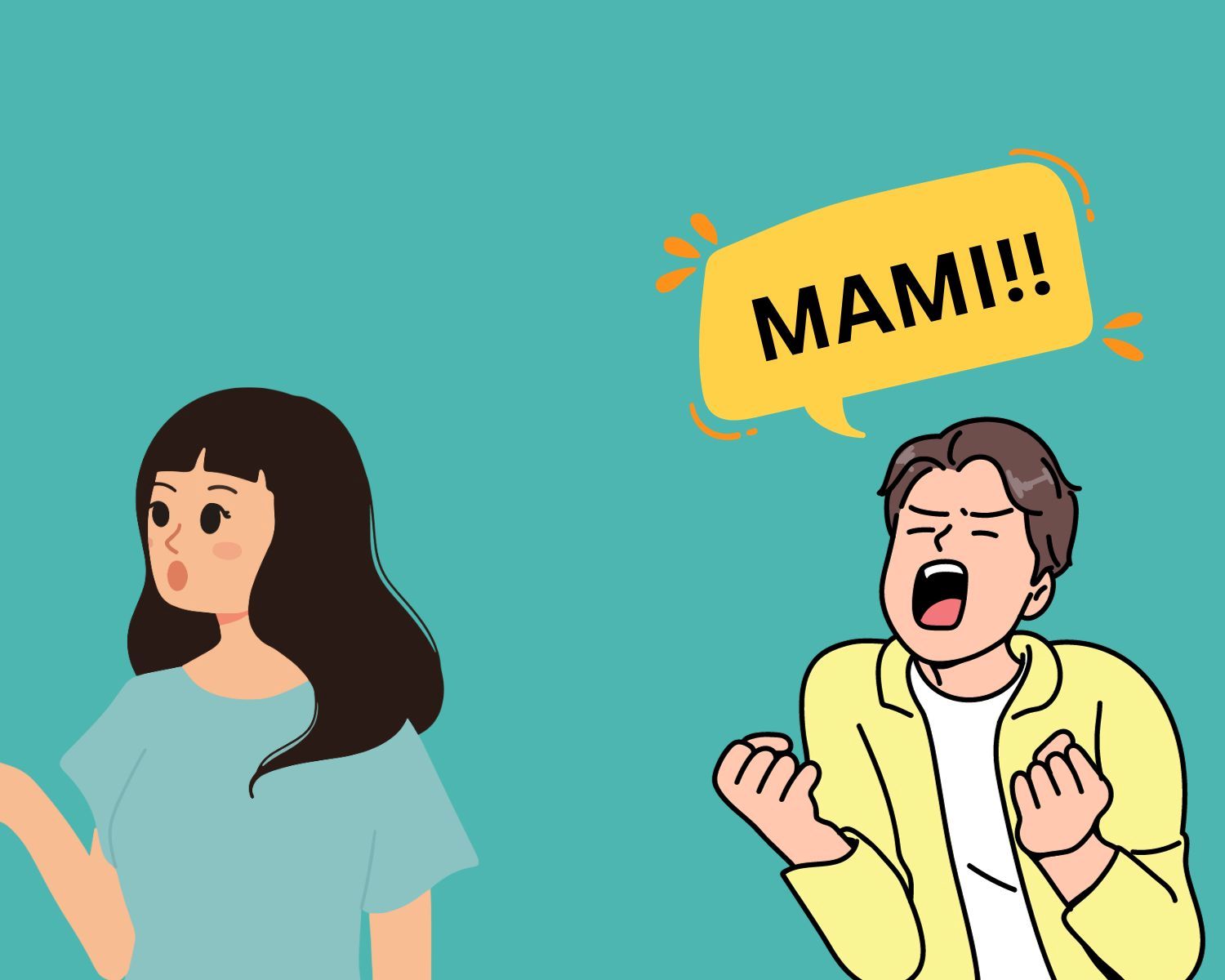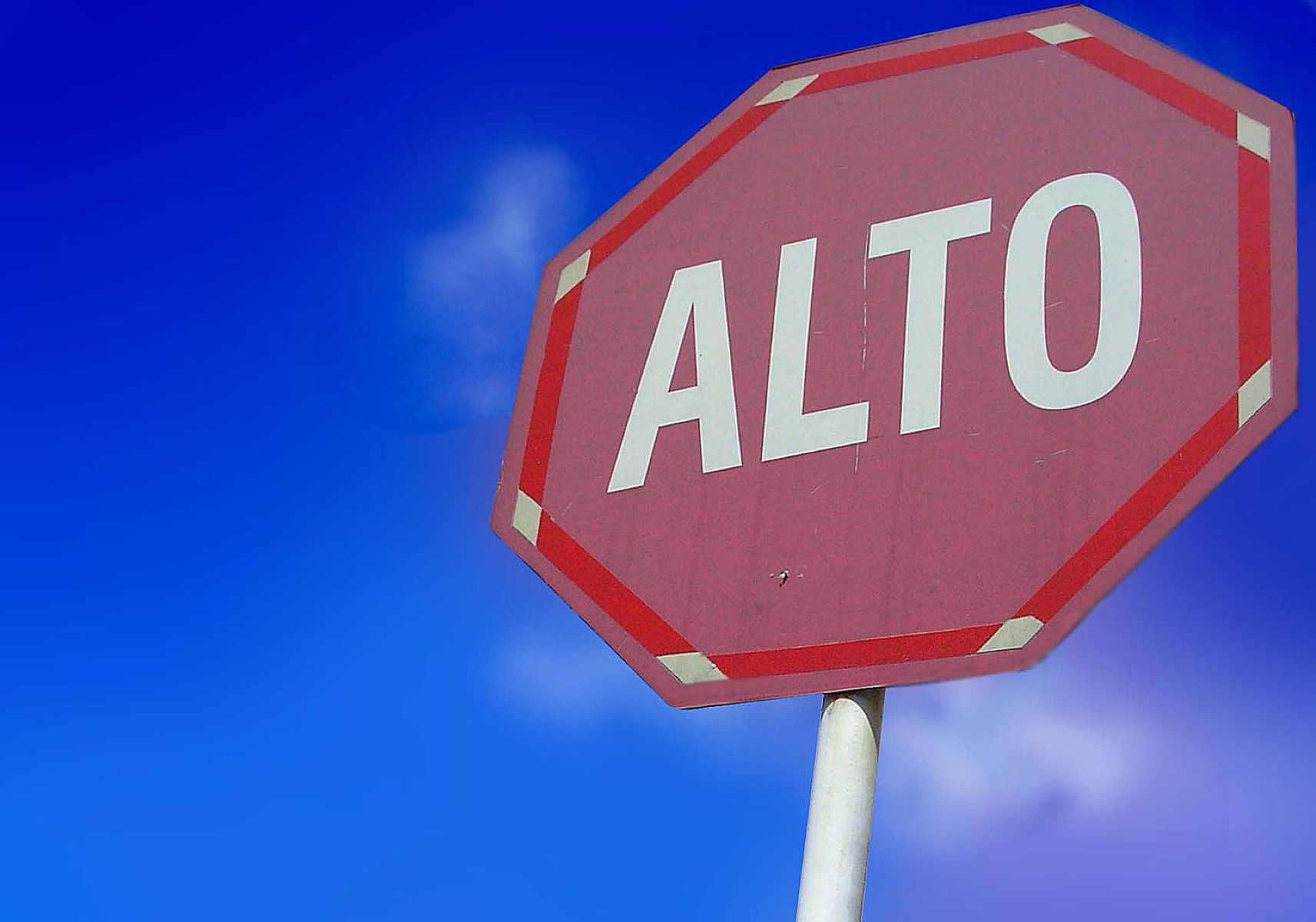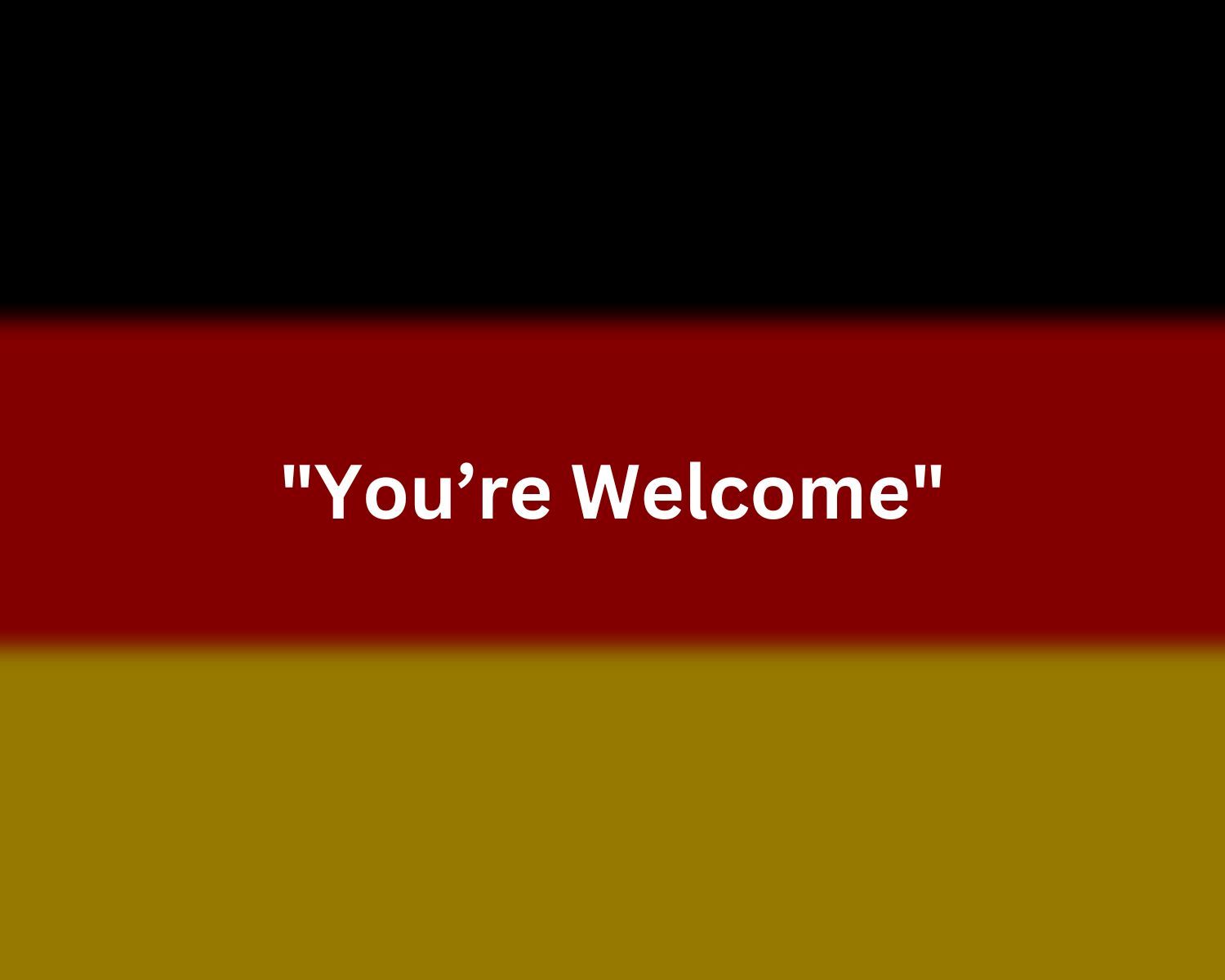Home>Language and Grammar>How To Say ‘Good Afternoon’ In Spanish


Language and Grammar
How To Say ‘Good Afternoon’ In Spanish
Modified: April 1, 2024
Learn how to say "Good Afternoon" in Spanish and improve your language and grammar skills with our helpful guide. Master common phrases and expressions today!
(Many of the links in this article redirect to a specific reviewed product. Your purchase of these products through affiliate links helps to generate commission for Regretless.com, at no extra cost. Learn more)
Table of Contents
Introduction
When learning a new language, mastering common greetings is an essential step towards effective communication. In Spanish-speaking cultures, greetings play a significant role in daily interactions, reflecting the warmth and hospitality deeply ingrained in the language. One of the most commonly used greetings is "Good Afternoon," a phrase that varies in formality and regional nuances across Spanish-speaking countries.
Understanding the diverse ways to express "Good Afternoon" in Spanish not only enriches language skills but also provides insight into the cultural intricacies of different regions. From formal to informal expressions, each variation carries its own unique charm and conveys a specific level of respect and familiarity.
In this article, we will delve into the various ways to say "Good Afternoon" in Spanish, exploring formal and informal expressions as well as regional variations. By gaining a deeper understanding of these linguistic nuances, language enthusiasts and travelers alike can navigate social interactions with confidence and cultural sensitivity. Let's embark on a linguistic journey through the enchanting world of Spanish greetings, where every "Good Afternoon" carries a touch of local flavor and hospitality.
Read more: How To Say “Wassup” In Spanish
Formal Ways to Say 'Good Afternoon' in Spanish
In formal settings, such as business meetings, official events, or when addressing elders, it is important to use respectful language. The Spanish language offers several formal expressions to convey "Good Afternoon" with the appropriate level of deference and politeness.
-
"Buenas Tardes": This is the most widely recognized formal greeting for "Good Afternoon" in Spanish. It is used from late afternoon until early evening and is suitable for both professional and social contexts. The term "buenas" is the plural form of "buena," meaning "good," and "tardes" translates to "afternoons."
-
"Que tenga una buena tarde": This phrase, which translates to "Have a good afternoon," is a courteous and formal way to wish someone well as the day progresses. It is often used in professional settings or when showing respect to someone of higher authority or seniority.
-
"Le deseo una tarde agradable": This expression conveys a similar sentiment to the previous one, meaning "I wish you a pleasant afternoon." It is a gracious and formal way to extend good wishes to someone in a respectful manner.
-
"Espero que tenga una tarde maravillosa": This phrase, translating to "I hope you have a wonderful afternoon," is a formal and heartfelt way to express good wishes. It is often used in formal correspondence or when addressing individuals in positions of authority or esteem.
In formal interactions, using these expressions demonstrates a high level of courtesy and respect, reflecting the importance of etiquette and politeness in Spanish-speaking cultures. Whether engaging in professional exchanges or showing deference to elders, these formal ways to say "Good Afternoon" in Spanish embody the rich tradition of expressing well-wishes with grace and consideration.
Informal Ways to Say 'Good Afternoon' in Spanish
In more casual and familiar settings, such as among friends, family members, or peers, the Spanish language offers informal and affectionate ways to greet someone in the afternoon. These expressions reflect the warmth and camaraderie inherent in informal interactions, adding a touch of familiarity and closeness to the greeting.
-
"Buenas Tardes": While "Buenas Tardes" is commonly used as a formal greeting, it can also be employed in informal settings among acquaintances and peers. In these contexts, it conveys a sense of politeness without the formality associated with professional or official interactions.
-
"Hola, ¿cómo estás?": This simple yet friendly greeting, meaning "Hello, how are you?" is often used as an informal way to acknowledge someone in the afternoon. It reflects a casual and warm approach to initiating a conversation, emphasizing personal connection and well-being.
-
"¿Qué tal la tarde?": This phrase, which translates to "How's the afternoon?" is a relaxed and informal way to inquire about someone's well-being and acknowledge the time of day. It fosters a sense of camaraderie and shared experiences, making it a popular choice among friends and peers.
-
"¡Buenas!": This colloquial expression, akin to saying "Hey there!" or "Hi!", is a casual and friendly way to greet someone in the afternoon. It exudes a sense of informality and familiarity, often used among close friends or in laid-back social settings.
-
"¿Cómo va todo?": Meaning "How's everything going?", this informal greeting is commonly used to check in on someone's day and express a friendly interest in their well-being. It reflects a relaxed and caring approach to acknowledging the afternoon.
In informal interactions, these expressions create an atmosphere of warmth, familiarity, and camaraderie, reflecting the importance of personal connections and shared experiences in Spanish-speaking cultures. Whether catching up with friends or engaging in casual conversations, these informal ways to say "Good Afternoon" in Spanish embody the genuine and affectionate nature of informal interactions, where every greeting is infused with a sense of closeness and goodwill.
Regional Variations of Saying 'Good Afternoon' in Spanish
The rich tapestry of Spanish-speaking countries encompasses a diverse array of regional variations in language and culture, each contributing unique nuances to the expression of greetings. As such, the phrase for "Good Afternoon" in Spanish undergoes fascinating transformations across different regions, reflecting the distinct identities and customs of each locale.
In Spain, the formal greeting "Buenas Tardes" remains prevalent, embodying the country's tradition of politeness and respect in social interactions. However, regional variations emerge in the informal realm, where colloquial expressions such as "Buenas" or "Hola, ¿cómo estás?" are commonly used to greet acquaintances and friends. These informal greetings capture the warmth and conviviality characteristic of Spanish culture, fostering a sense of closeness and camaraderie in everyday interactions.
In Mexico, the expression "Buenas Tardes" holds sway as the standard formal greeting for "Good Afternoon." However, the informal landscape sees the emergence of regional colloquialisms, such as "Buenas" or "¿Qué tal la tarde?" These informal greetings reflect the country's vibrant and sociable nature, emphasizing the importance of personal connections and amiable exchanges in daily life.
In Argentina, the formal greeting "Buenas Tardes" maintains its prominence, aligning with the country's emphasis on courtesy and decorum in social interactions. Informally, variations such as "¡Buenas!" or "¿Cómo va todo?" capture the spirited and convivial essence of Argentine culture, where informal greetings serve as a gateway to warm and engaging conversations among friends and acquaintances.
In Colombia, the formal greeting "Buenas Tardes" is widely used to convey respect and politeness in formal settings. Informally, expressions like "¡Buenas!" or "¿Cómo va todo?" reflect the country's affable and sociable character, fostering a sense of familiarity and camaraderie in casual interactions.
In each Spanish-speaking country, regional variations of saying "Good Afternoon" encapsulate the unique cultural traits and social dynamics that define the local fabric of daily life. These linguistic nuances not only enrich the language but also offer a glimpse into the diverse tapestry of customs, traditions, and interpersonal connections that shape the vibrant mosaic of Spanish-speaking cultures.
The regional variations of saying "Good Afternoon" in Spanish serve as a testament to the richness and diversity of the language, reflecting the intricate interplay between language, culture, and social norms across different regions. Whether formal or informal, these expressions embody the essence of each locale, inviting individuals to embrace the cultural intricacies and embrace the warmth and hospitality embedded in every "Good Afternoon" across the Spanish-speaking world.
Conclusion
In conclusion, the diverse ways to say "Good Afternoon" in Spanish reflect the intricate tapestry of language, culture, and social dynamics across Spanish-speaking countries. From formal expressions exuding respect and courtesy to informal greetings brimming with warmth and familiarity, each variation encapsulates the essence of interpersonal connections and cultural nuances embedded in daily interactions.
The formal ways to say "Good Afternoon" in Spanish, such as "Buenas Tardes" and courteous well-wishing phrases, underscore the significance of etiquette and deference in professional and respectful exchanges. These expressions not only convey politeness but also embody the tradition of extending genuine good wishes with grace and consideration, enriching formal interactions with a touch of courtesy and respect.
Conversely, the informal ways to say "Good Afternoon" in Spanish, including casual greetings and colloquial expressions, emphasize the value of personal connections, camaraderie, and shared experiences in everyday interactions. These informal expressions create an atmosphere of warmth and closeness, fostering genuine connections and reflecting the genuine and affectionate nature of informal exchanges.
Furthermore, the regional variations of saying "Good Afternoon" in Spanish offer a captivating glimpse into the diverse cultural landscapes of Spanish-speaking countries. Each region's unique linguistic nuances and customary greetings not only enrich the language but also provide insight into the distinct identities, traditions, and social customs that shape the vibrant mosaic of Spanish-speaking cultures.
Whether in Spain, Mexico, Argentina, Colombia, or any other Spanish-speaking country, the variations in expressing "Good Afternoon" serve as a testament to the richness and diversity of the language, reflecting the intricate interplay between language, culture, and social norms across different regions. These expressions invite individuals to embrace the cultural intricacies and embrace the warmth and hospitality embedded in every "Good Afternoon" across the Spanish-speaking world.
In essence, the ways to say "Good Afternoon" in Spanish transcend mere linguistic exchanges; they embody the spirit of respect, warmth, and camaraderie, serving as a gateway to meaningful connections and cultural understanding. Whether formal or informal, these expressions carry the essence of each locale, inviting individuals to embark on a linguistic journey through the enchanting world of Spanish greetings, where every "Good Afternoon" resonates with the richness of language and the warmth of cultural hospitality.















